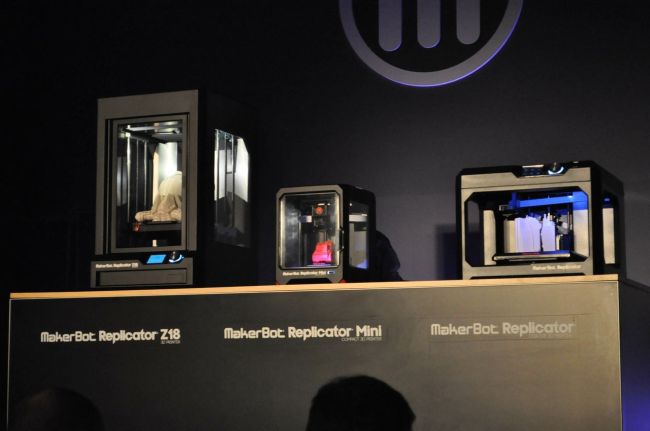
Livemap, a Russian startup on-stage today at our CES Hardware Battlefield, aims to make GPS navigation more accessible to motorcyclists in the form of a new kind of helmet.
After all, CEO Andrew Artischev noted that if you’re riding a motorcycle, interacting with a GPS touchscreen interface isn’t exactly safe or convenient, and even looking at it means taking your eyes off the road. Livemap’s Motohelmet, on the other hand, is inspired by fighter pilots, who have “heads up” displays showing them important information directly in their helmets.
Similarly, Livemap plans to build motorcycle helmets that display navigation information directly in your field of view. The helmets will use an Android operating system with Nuance-based voice control and NAVTEQ mapping data. As for the display itself, Artishchev said it employs “a beaming scheme.”
“That means it doesn’t contain a display that could hurt the user’s eye or make obstacles for his view,” he said. “The image is beamed on the clear visor, is not visible from outside, is transparent, [and] all elements of the beaming system are hidden inside the helmet in a safe way.”
The Livemap team argues that there are no direct competitors — in other words, no other companies building this technology into the helmet itself. What GPS companies like Garmin and TomTom are doing to address this market is building navigation devices that can be mounted on motorbikes, can be shock-resistant and waterproof, and can be connected to headsets via Bluetooth.
But those features don’t fundamentally address the issues mentioned above, because you may still have to physically interact with the navigation device, and it might not be directly in your field of view.
Livemap’s approach has also been compared to Google Glass, and Artishchev discussed Glass as a potential competitor, saying his company will offer better image quality and won’t force users to look at “the upper right corner of the human field of view.”
The team previously demonstrated a full-face helmet using this technology, but now they say they’ve found a way to build the technology into a modular helmet that’s smaller and more convenient. (It also has the benefit of allowing Livemap to go into production with existing helmet shells, which is more affordable.)
While they have yet to build a full helmet prototype (an expensive process) for the modular helmet, Livemap has focused on the key components of the technology, which the team brought to CES. They showed me the actual display that motorcyclists would see while riding, and it was transparent as they claimed — so I could imagine seeing the directions without having my view obscured. They also showed me the voice-controlled navigation application running on an Android phone, and it was able to give me accurate directions around San Francisco.
Part of the Livemap team comes from Sukhoi, a Russian company that has been developing heads-up displays and optical systems for military helmets over the past 50 years. Through a combination of grants, debt, and Artishchev’s own money, Livemap has raised $1 million in funding, and it’s looking to raise another $10 million now. He said it’s been a challenge to get money from Russian venture capitalists who are more interested in backing hardware than software, particularly clones of services that have been successful elsewhere. (At the same time, apparently it’s thanks to financial support from Igor Agamirzian of the Russian Venture Company that the team was able to attend CES.)
“If we speak about my motivation, I want solve to real problems, not invented ones, not social networks for dogs or cats,” he said. Ultimately, Artishchev argued that this could “save the lives of motorcyclists on the road.”
The company has already made deals with the key manufacturing partners, he added, and it plans to start selling the helmet in the US and Canada in the last three months of 2014 for $2,000. The Motohelmet is available for pre-order now at a $500 discount, and you can also get updates by following the company on Facebook and Twitter.
























